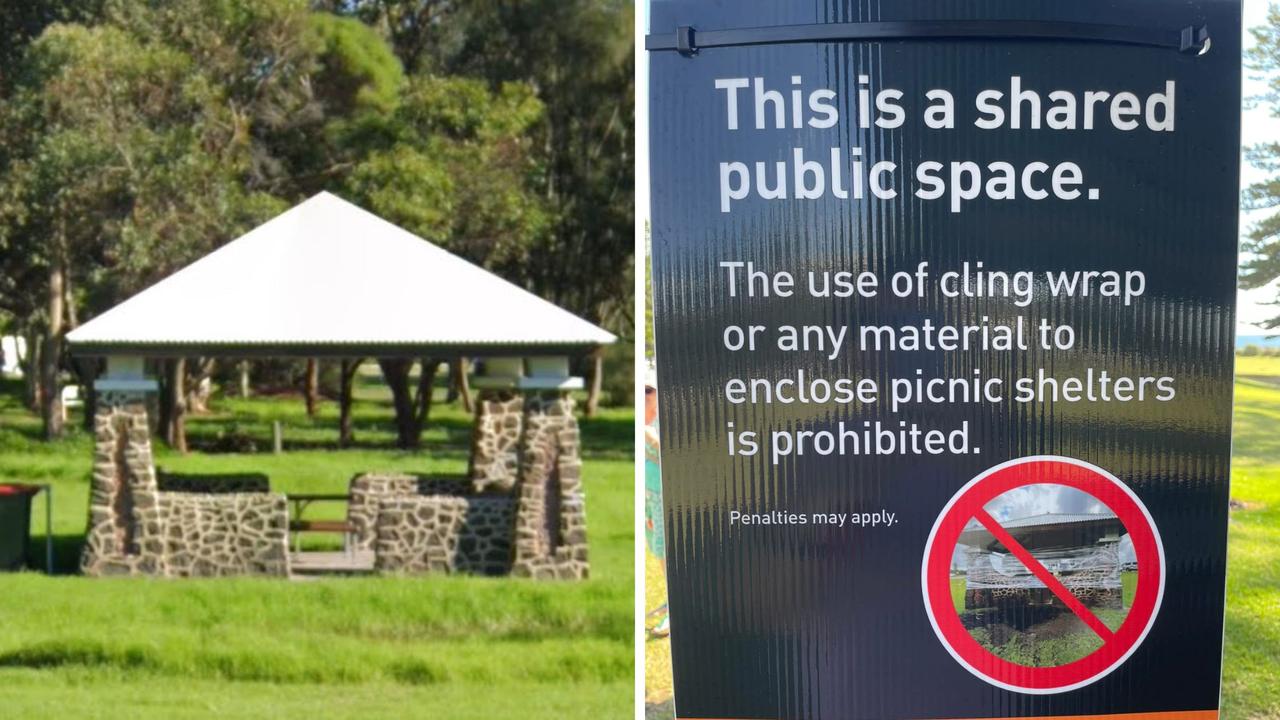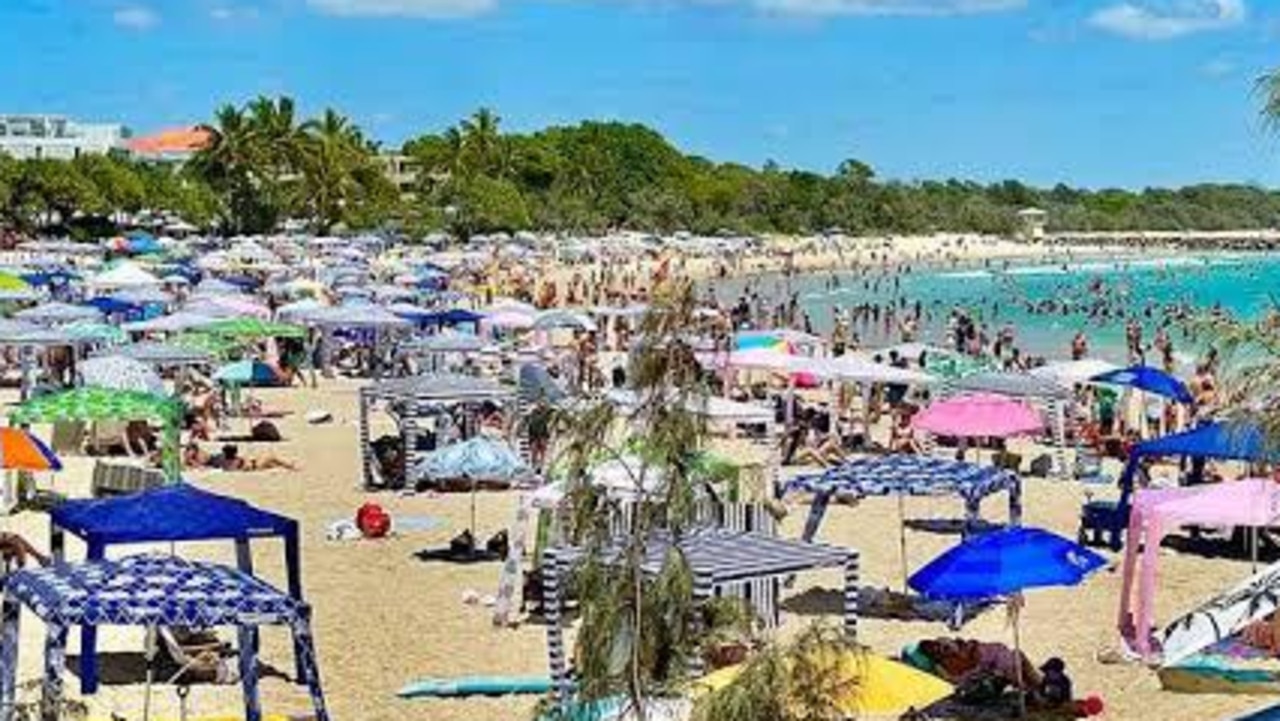What those Sydney and Melbourne ‘livability’ surveys forget
OPINION: Melbourne might be ranked the world’s most ‘liveable’ city, with Sydney not far behind, but both fail in one major area.
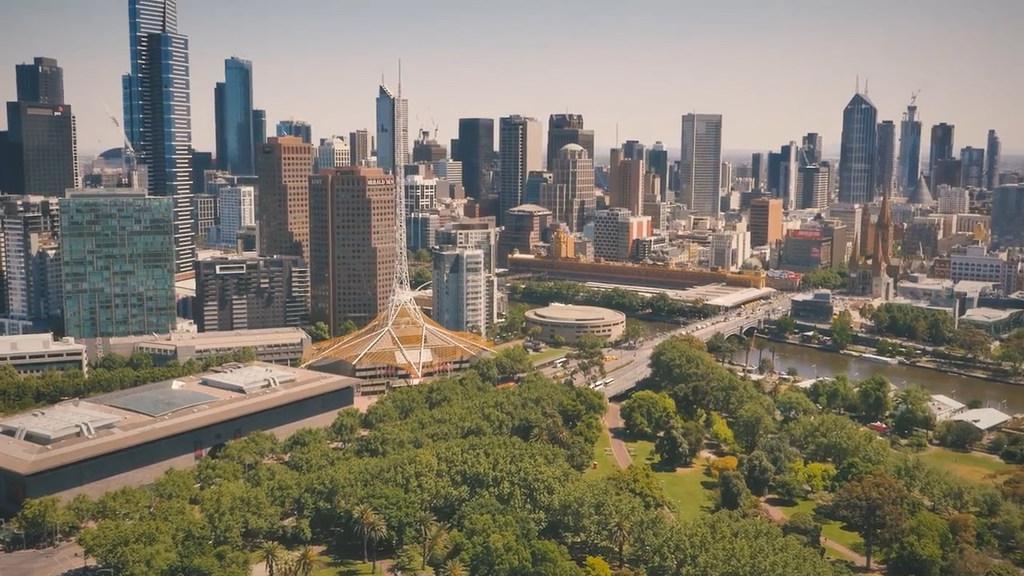
Outdoors
Don't miss out on the headlines from Outdoors. Followed categories will be added to My News.
OPINION
ANOTHER one of those annual surveys ranking the world’s most “liveable” cities came out this week, this time from the Economist Intelligence Unit.
As it has for the last five years, the EIU survey has ranked Melbourne as the most liveable city in the world, triggering yet another round of the old “my city is better than your city” debate. No matter what any of these surveys say, the arguments stay the same: Melbourne has the cafes and the laneways, Sydney has the beaches and the weather, and Perth is 4,000 kilometres away from people who never shut up about how great Melbourne and Sydney are.
But Melburnians — and all Australians keen to brag about how wonderful their hometown is — shouldn’t be too quick to pat themselves on the back.
These surveys obsessed with finding the world’s “best” place to live never seem to consider what it’s like in all these cities for people who don’t have very much money, and by buying into their schtick, we come out with pretty warped priorities around what makes a truly great city.
The latest one is a good example. While the criteria the EIU uses to determine “livability” mentions indicators like public healthcare and education, it’s very quiet on things like public housing, social welfare and inequality.
I doubt the judges that keep putting Melbourne on top of their list pay much attention to the city’s record number of homeless people, or the fact that begging is illegal there.
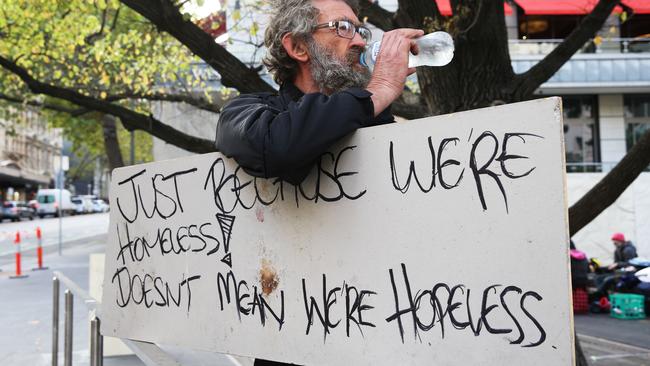
Likewise, they probably don’t examine how public housing residents on prime real estate in Sydney are being kicked out of their houses to make way for hyper-rich property investors and luxury apartment towers, or that the NSW government has defunded vital domestic violence services in the city’s west.
A similar ignorance was evident in Domain’s recent “Sydney’s 10 most liveable suburbs” list, which unsurprisingly named a bunch of ultra-wealthy postcodes on the lower North Shore and in the Eastern Suburbs as the best places to put down roots.
The idea that a suburb like first-ranked Lavender Bay — which has a median unit price of $870,000 and where renting a one-bedroom flat will set you back an average of $525 a week — might not be especially “liveable” for someone without a university degree (or a trust fund courtesy of Mum and Dad) never seems to come up.
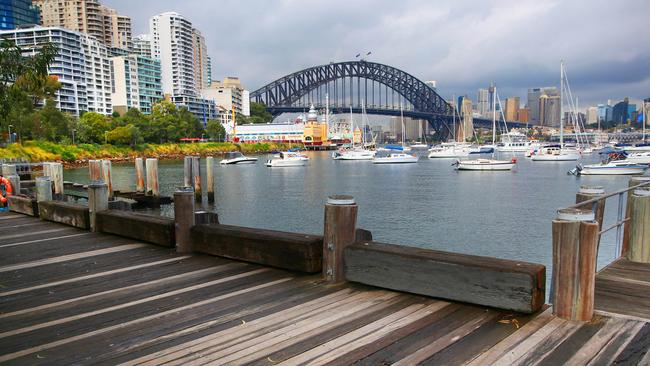
It’s not just that homelessness, poverty and inequality are problems in Australian cities — after all, they are problems everywhere. The difference is that where some places respond to these problems with compassion and commonsense solutions that address the underlying issues, the first reaction in many Australian cities is to treat the homeless, the poor and the vulnerable as something nasty and unpleasant to be kept out of sight.
Upwardly mobile homebuyers and property investors “discovering” places like Redfern, Footscray, Kings Cross, St Kilda and Newstead — and pushing house prices through the roof in the process — are forcing out longtime residents who made them such rewarding communities to live in the first place.
In recent years, the phenomenon of “hostile architecture” — designing public spaces in a way that drives people away, especially the homeless — has crept across Australian cities.
Last year, an art centre in the Perth CBD became the centre of a nationwide ruckus after installing high-pressure hoses in its back alley to deter homeless people sleeping there at night. And let’s not forget how Sydney rushed to make its homeless population magically disappear ahead of the 2000 Olympics.
Compare that to how many other cities around the world approach their own issues of entrenched disadvantage. Paris, for example, buys apartments in gentrifying neighbourhoods and reserves them for public housing to prevent low-income residents getting priced out.
Bus shelters in Vancouver turn into homeless shelters at night. The US state of Utah has made huge strides in combating long-term homelessness simply by providing permanent housing through its Housing First program (although widely-shared headlines declaring that Utah has “solved” homelessness are exaggerated).
It’s not all doom and gloom — there are signs some Australian governments are beginning to wrap their heads around the need to make cities that include everyone.
The NSW government, for instance, is spearheading a billion-dollar statewide social housing project that’s been well received by housing experts and charity groups like Mission Australia.
In Victoria, the state government’s new Rapid Housing Assistance program will adopt the Utah model, providing long-term housing for those in most need.
The next time one of these surveys comes around, hopefully it’ll place measures like this front and centre. I’d rather take pride in my city for treating people decently than brag about some beach or small bar.
Alex McKinnon is a Walkley-nominated writer and journalist, and a former editor of Junkee and the Star Observer. You can follow him on Facebook.
Originally published as What those Sydney and Melbourne ‘livability’ surveys forget

